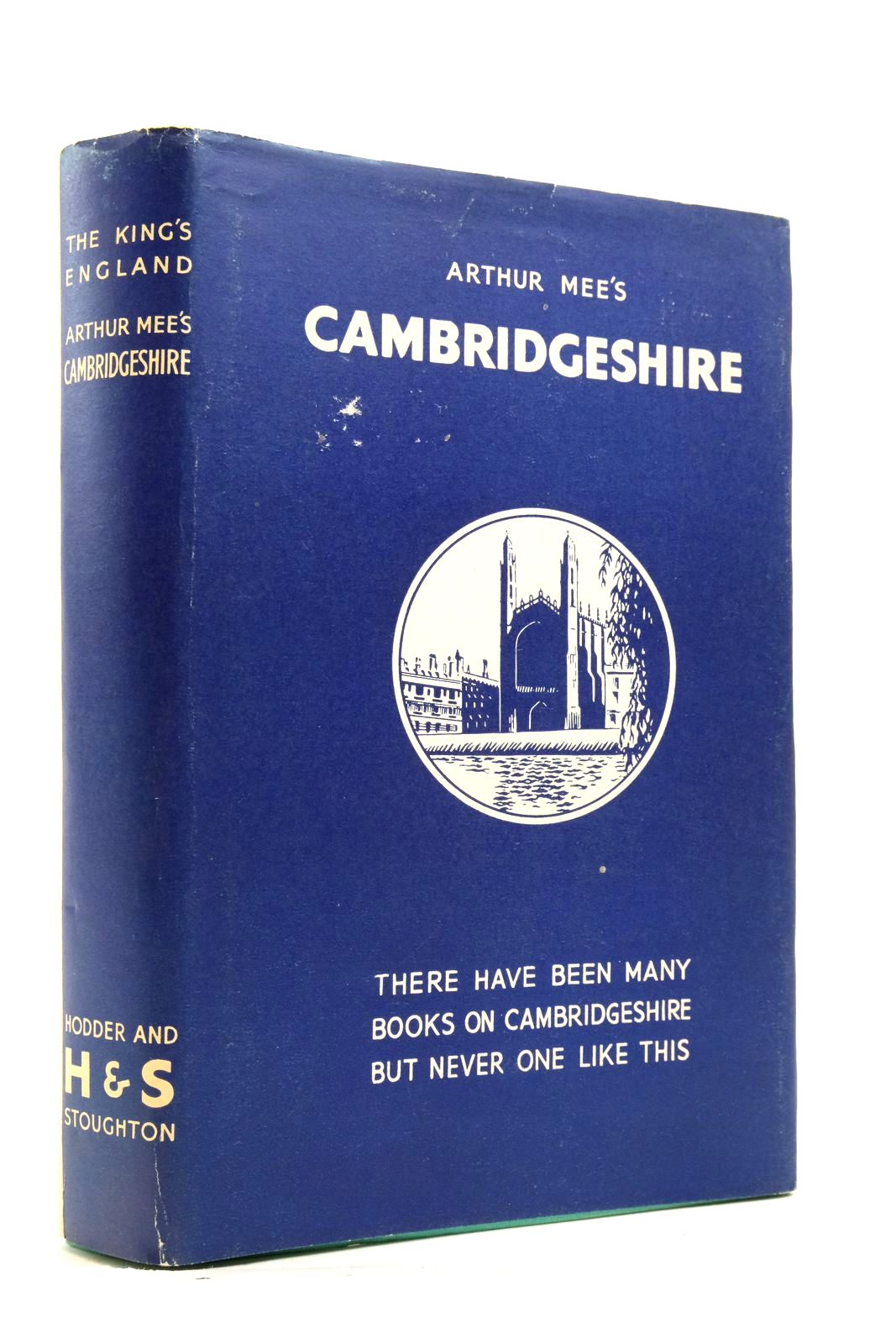Arthur Mee & King's England
 View our current stock of King's England
View our current stock of King's England
"A remarkable event has been going on, quietly and unguessed at for many years in our countryside. There has been nothing like it before: it is the first census of the ancient and beautiful and curious historic possessions of England since the motor car came to make it possible..."
 Such were the words of Arthur Mee (1875-1943), successful journalist, children's writer and patriot, as he described the production of The King's England - 'A New Domesday of 10,000 towns and villages'. Monumental in scale, this project led to the publication of 40 county books including an introductory volume 'Enchanted Land'. Originally published by Hodder & Stoughton in the 1930s these popular guidebooks have undergone revision and in 1989 The King's England Press was founded in order to reprint the series.
Such were the words of Arthur Mee (1875-1943), successful journalist, children's writer and patriot, as he described the production of The King's England - 'A New Domesday of 10,000 towns and villages'. Monumental in scale, this project led to the publication of 40 county books including an introductory volume 'Enchanted Land'. Originally published by Hodder & Stoughton in the 1930s these popular guidebooks have undergone revision and in 1989 The King's England Press was founded in order to reprint the series.
Arthur Mee pursued a successful career as a journalist and joined the Daily Mail in 1898. He wrote a number of works, generally imbued with a deep sense of patriotism and reverence for the Bible, and in 1908 began work on The Children's Encyclopaedia. The Encyclopaedia started as a fortnightly magazine and was later bound in eight volumes, then expanded to ten volumes. It owed its origin to the countless questions of Mee's young daughter Marjorie who had become fascinated with the workings of the world. Her mother would patiently respond to her inquisitive daughter's questions until she ran out of answers and would cry "Oh for a book that will answer all the questions!" Thus The Children's Encyclopaedia was born.
 As the title of the introductory volume of the King's England suggests, Mee had a deep love of the countryside and people of England and an optimism that the country would become better for future generations. He wrote, without patronizing, for the common people and wanted his work to be accessible to everyone - even to the extent of avoiding such technical words as 'diameter' or 'circumference'. Instead, the description would be made in terms of 'so many feet wide' or 'several yards in the round'.
As the title of the introductory volume of the King's England suggests, Mee had a deep love of the countryside and people of England and an optimism that the country would become better for future generations. He wrote, without patronizing, for the common people and wanted his work to be accessible to everyone - even to the extent of avoiding such technical words as 'diameter' or 'circumference'. Instead, the description would be made in terms of 'so many feet wide' or 'several yards in the round'.
 Mee, and his team of researchers, spent five years traveling around England in order to gather material for the series of county guidebooks. However, the King's England is more than just another guide book - in addition to recording locations and aspects of England 's heritage, it also describes anything strange and unusual and is not averse to including any good anecdotes that came to the attention of its researchers. A taste of the style is provided by the following description of a standing stone at Staunton , Gloucestershire:-
Mee, and his team of researchers, spent five years traveling around England in order to gather material for the series of county guidebooks. However, the King's England is more than just another guide book - in addition to recording locations and aspects of England 's heritage, it also describes anything strange and unusual and is not averse to including any good anecdotes that came to the attention of its researchers. A taste of the style is provided by the following description of a standing stone at Staunton , Gloucestershire:-
"This huge stone [Buckstone] was one of the famous rocking stones of the countryside until a few years ago, when some tourists set it rocking so successfully that it fell off its perch and rolled down through the woods on to the main road, costing the Ministry of Public Building and Works a large sum (some say £600) to get it back again. It has now been cemented into its place, and rocks no more."
 Similarly, the village of Blakeney in the Forest of Dean provides another story:-
Similarly, the village of Blakeney in the Forest of Dean provides another story:-
"Blakeney church is modern and its oldest possession is what appears to be a mediaeval stoup for holy water, now doing service as a font. It has a queer story. It is believed to have been taken from Awre church and buried for safety during the Reformation. They found it near Gatcombe in making the railway, and after a little experience as a flowerpot it was brought to a place of honour in Blakeney church."
These popular guidebooks, designed to be accessible to all - and with a price to match - have become the faithful companions to thousands of travellers around the country, as well as delighting countless more armchair travellers. Next time you head off into the countryside, why not take one of these trusted companions?
Information gleaned from The King's England Press.
Contributed by Tim
(Published on 23rd Oct 2014 )


